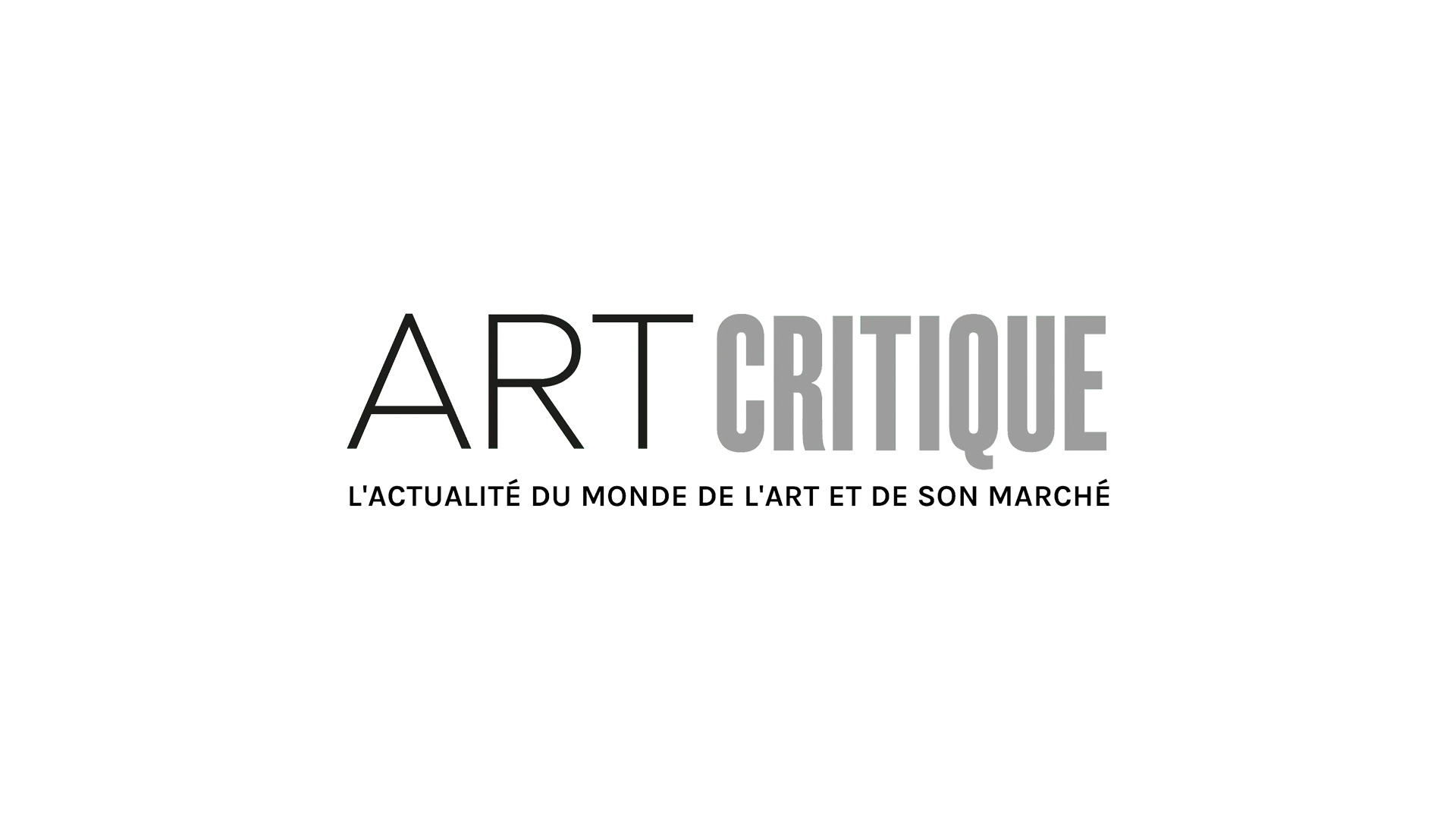The recently released documentary, Black Art: In the Absence of Light, simultaneously explores the challenges Black Artists continue to face in reaching mainstream audiences and the importance of their artwork in the narrative of American (United States) art history. The film takes a hard look at the significant role exhibitions, curators, and collectors play in perpetuating biases and breaking boundaries by underlining historical moments.
Directed by Sam Pollard, the film introduces the foremost black artists working today and the artists that preceded them. The film begins with historical footage from the event that inspired the documentary, the landmark 1976 exhibition, “Two Centuries of Black American Art.” According to the late artist and curator, David Driskell, this exhibition hosted by the Los Angeles County Art Museum (LACMA) was “the first major modern exhibition which brought the black subject, period, to the American Public.”
The film’s central theme is the black figure’s significance as a subject in artworks and black artists’ representation in museum collections/exhibitions. In a 1976 interview, Driskell warns against those critics and historians that group all artwork by black artists together under the label of “Black Art” because it isolates the black artists from the canon of American Art. The director and producer perhaps chose to underscore the stigma behind this label by using it as the title of the documentary.
Artist, Kehinde Wiley describes the Whitney Museum of American Art’s 1994 exhibition “Black Male: Representations of Masculinity in Contemporary American Art,” curated by Thelma Golden, as life-changing. “Here, for the first time, you are seeing black masculinity, not as something on television that’s menacing, [kept at] arm’s length, but rather artists embracing it as subject matter, another color on their palette. It was mind-blowing, an exhibition that really tore down the meaning of the black body itself.”
While spaced sixteen years apart and on opposite coasts of the United States, what Driskell and Goldman’s exhibitions have in common is that they were controversial, provocative, and pushed the white envelope. Critics had a hard time digesting the content and taking an honest look back at the marginalization of artists of color in traditional art exhibitions.

The documentary also explores the monumental importance of President Barack Obama and First Lady Michelle Obama’s portraits. Art Historian Maurice Berger describes the official paintings hanging in the National Portrait Gallery as a beautiful challenge and a dramatic departure from the past presidents’ boring or traditional portraits. “The stakes were different. When you have two centuries of straight, white men who were president, and then you have Barack Obama–that portrait better be different.” In painting the presidential couple, Artists Kehinde Wiley and Amy Sherald wanted to portray them individually as the people they were, as private citizens–a man, and woman of color, who continue to inspire people worldwide.
While groundbreaking milestones punctuate the documentary, it also highlights all the work that still needs to be done. Berger reveals that in a survey of major American Museums, it was determined that 85% of their collections are made up of white artists. “If you break down the remaining artists of color in those collections (15%), it’s 1.2% black. If the people sitting around the curatorial table are all white, you are going to have a problem.” Clearly, having exhibitions that feature black artists is not enough. Their artworks also need to be acquired by these cultural institutions.
The role of universities also requires fundamental change. As an art history student in the mid-2000s, I experienced how a limited scope can be damaging to our understanding of art history as humanity’s collective creative experience. The slides running through our art history survey classes’ projectors reinforced the interest in white male artists. This reigning group of people even dominated our photography, modern, and contemporary art classes. I hope that this academic approach has shifted across the United States, given the cultural reckoning we now find ourselves in. Students from across disciplines can also have agency in asking themselves critical questions around whose voices and work are missing from the narrative they’re being taught. They can challenge professors.
The historical footage, expert interviews, and vignettes of artists at work merge to effectively and beautifully communicate how vital the representation of artists of color is in cultural institutions and the importance of enabling them to tell their own stories while also elevating their history. Black Art: In the Absence of Light will stream on HBO until March 17, 2021. You can also visit the website to experience a thoughtful curriculum and art activities inspired by the film.
Edited February 26th, 2021: A quote by Kehinde Wiley was updated for clarity and a misspelling of Barack Obama’s name was corrected.





